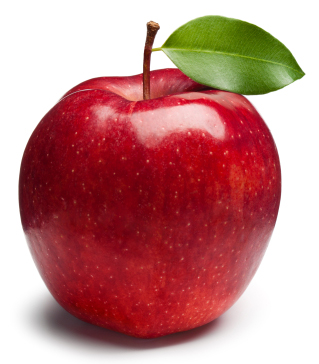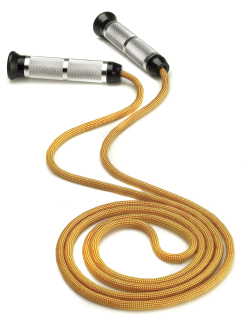Rabbits might be onto something when it comes to their preference for carrots. This popular vegetable is packed with beta carotene and fiber, and it’s also very versatile. There are lots of ways to use carrots other than just eating them raw (though that’s good, too). Grate them into a salad, blend them into use in a soup, or even roast carrots for a tangy, healthy side dish. Toss them with olive oil and sea salt and roast them for 30 minutes at 400 degrees F.
If broccoli isn’t normally on your shopping list, make sure to add it. This green vegetable is full of folic acid, fiber and calcium, and can be cooked in many different ways. We prefer roasting this tasty vegetable (you can give it the same treatment as you do the carrots, but roast for about half the time). They are also delicious steamed and tossed over a green salad for added fiber, or added to a stir fry.
Beans are an affordable, fiber- and protein-packed food. They also contain B vitamins, as well as iron and calcium. A simple three-bean salad using white beans, chickpeas and kidney beans is a filling side dish or lunch. To the combination of beans, add sliced red and green bell pepper, chopped onion, cooked frozen corn and diced tomato for a Southwestern-inspired salad.
Sweet potatoes contain more nutrients than regular potatoes and are rich in beta carotene, vitamin C and potassium. For a filling and tasty side dish, try baking them and stuffing them as you would a white potato. Once baked, cut down the center, scoop out the flesh and mix with diced raw or steamed veggies, cooked lentils for protein, and salt and pepper. Add the mixture back into the sweet potato and serve with hummus instead of sour cream for an extra hit of protein and flavor.
Nutty and delicious, lentils are full of protein, fiber and B vitamins. Buy dry lentils in bulk (rather than canned) to save even more money. Add them to soups and stews for a one-two punch of fiber and protein, or for something lighter, make a lentil salad. Add chopped tomato, cucumber onion and feta cheese to cooked, cooled lentils and dress with oil and balsamic vinegar for a quick, Mediterranean-inspired lunch or quick side dish.
Load up on this leafy green for calcium, folic acid, iron and vitamin C. Try to use fresh rather than frozen spinach because frozen can be mushy. If you avoid the pre-washed variety, fresh spinach is a budget-friendly option. Although spinach salad is an easy choice, there are lots of ways to make it a meal. Try making a spinach omelette or topping your pizza with it. You can also blend spinach into soups or even green smoothies for a serious nutrition punch.
Eggs aren’t just for breakfast. They’re packed with protein, B vitamins and lecithin (in the yolks), which helps break down cholesterol. A quick, easy and affordable meal is the humble scramble. Beat eggs with your choice of chopped vegetables (leftover roasted or stir-fried vegetables work great here, too) and seasoning; toss in a non-stick pan and scramble over medium heat to a soft but not runny consistency.
Although it takes longer to cook, brown rice is more nutritious than white and full of fiber and B vitamins. If you’re worried about cooking time, you can prepare a large batch at the beginning of the week and use it for several days. Use it for stir-fries, make a rice salad or stuff peppers or zucchini with a combination of brown rice, diced tomato, chopped onion and a small amount of cheese. Once they’re stuffed, bake them in the oven for 15 to 20 minutes at 375 degrees F.
Full of calcium, iron and B vitamins, quinoa is also high in protein. The fluffy texture makes it a fun alternative to rice and it cooks up in a mere 15 minutes (versus about 45 minutes for brown rice). To really stretch your meal budget, make a main-course salad with it. Cook up your quinoa and let cool. Dice in-season vegetables of your choice and add to the cooled quinoa. Dress with olive oil, fresh lemon juice and herbs (we’re partial to dill or basil). Buy quinoa from a bulk food store rather than the supermarket to keep the cost down.
Fish contains omega-3 fatty acids and is a good source of protein. While some fish can be pricey, you can find more affordable options. Head to your local fish counter and pick up whatever happens to be on sale. Two affordable choices are often trout and tilapia. Rather than buying frozen fish, buy fresh and freeze it yourself if you aren’t planning to eat it right away. When it comes to cooking fish, the possibilities are endless. Grill it, bake it, steam it or roast it and serve with your favourite vegetables for a healthy meal.





















